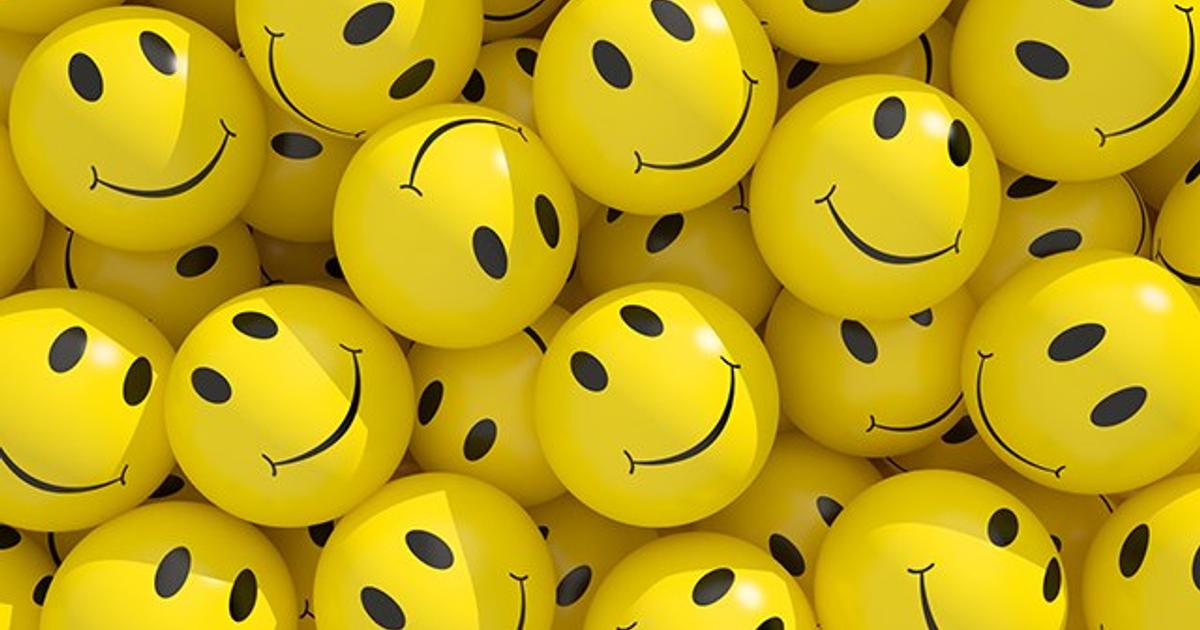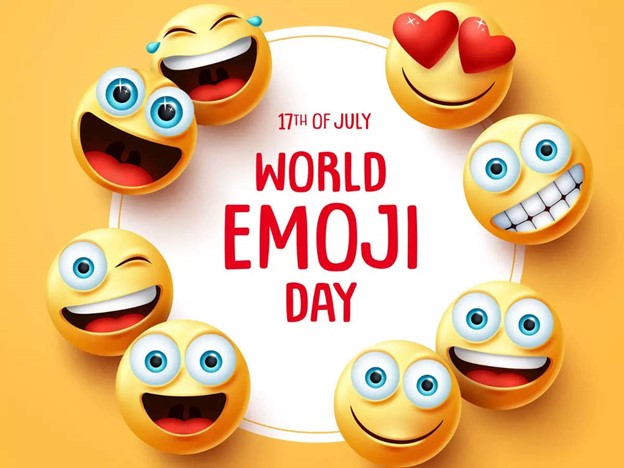- 24 July 2024
- 294
Celebrating World Emoji Day: Fun Facts and History

Every year on July 17th, people around the world celebrate World Emoji Day, a fun playful occasion dedicated to the colorful and expressive world of emojis. From smiley faces to food items to animals, emojis have become an integral part of digital communication, adding depth and emotion to our conversations. Let’s dive into the history and fun facts surrounding World Emoji Day and explore the impact of these tiny pictograms on modern communication.
1. The Birth of Emojis:
Emojis originated in Japan in the late 1990s, created by Shigetaka Kurita, who designed a set of 176 pictograms to be used in electronic communication. The word “emoji” comes from the Japanese words for “picture” (e) and “character” (moji), reflecting the essence of these visual symbols in conveying meaning and emotion in messages.
2. Global Emoji Adoption:
Emojis gained popularity quickly and transcended cultural and linguistic barriers, becoming a universal language in digital communication. Today, emojis are an essential part of messaging apps, social media platforms, and online interactions, helping users express emotions, convey context, and add flair to their messages.

3. Evolution of Emojis:
Over the years, emojis have evolved to include a diverse range of symbols, characters, and objects, reflecting the growing diversity and inclusivity in digital communication. From skin tone variations to gender-neutral options to thematic emojis for various occasions, the emoji lexicon continues to expand to cater to a wide range of users and expressions.
4. Emoji Day Celebration:
World Emoji Day was established in 2014 by Jeremy Burge, founder of Emojipedia, to celebrate the cultural significance and impact of emojis on global communication. On this day, people come together to share their favorite emojis, discuss emoji trends, and participate in emoji-themed events and activities that highlight the creativity and versatility of these digital icons.
5. Fun Facts About Emojis:
The most popular emoji is the “Face with Tears of Joy” 😂, conveying laughter and joy in conversations.
Emoji usage varies by region, with some countries favoring certain emojis over others based on cultural norms and preferences.
Emojis have been used to break language barriers and foster cross-cultural communication, transcending linguistic differences through visual representation.
In 2015, the Oxford English Dictionary named the “Face with Tears of Joy” emoji as the Word of the Year, recognizing the impact and relevance of emojis in modern communication.
6. Impact of Emojis on Communication:
Emojis have revolutionized the way we communicate in the digital age, allowing us to convey emotions, tone, and context in written messages where nuances may be lost. Emojis add a layer of personalization and warmth to text-based conversations, fostering empathy, understanding, and connection in our interactions with others.
7. Emoji Trends and Innovations:
As emojis continue to evolve, trends and innovations in emoji design and implementation shape the future of digital communication. From custom emoji keyboards to animated emojis to emoji prediction tools, advancements in emoji technology offer users new ways to express themselves creatively and authentically in their online interactions.
8. Emoji in Pop Culture:
Emojis have transcended their digital roots to become a cultural phenomenon, influencing art, fashion, music, and entertainment. Brands, celebrities, and creatives incorporate emojis into their branding, merchandise, and marketing campaigns, leveraging the universal appeal and recognition of these symbols to connect with audiences of all ages and backgrounds.

9. Embracing Emoji Diversity:
The introduction of diverse emojis representing different races, cultures, genders, and identities underscores the importance of inclusivity and representation in digital communication. Embracing emoji diversity promotes awareness, acceptance, and understanding of diverse perspectives, fostering a more inclusive and equitable online community.
10. Looking Ahead:
As we celebrate World Emoji Day and reflect on the fun facts and history of emojis, we are reminded of the power of these tiny icons to enhance communication, foster connection, and bring joy to our digital interactions. The future of emojis holds endless possibilities for creativity, expression, and innovation, shaping the way we connect and communicate in the digital age.
Conclusion:
World Emoji Day is a celebration of creativity, expression, and connection through the universal language of emojis. As we explore the fun facts and history of emojis, we are reminded of their impact on modern communication and their ability to transcend boundaries and bring people together in a shared visual language. Let’s continue to embrace the colorful world of emojis and spread joy and positivity through our digital interactions.

